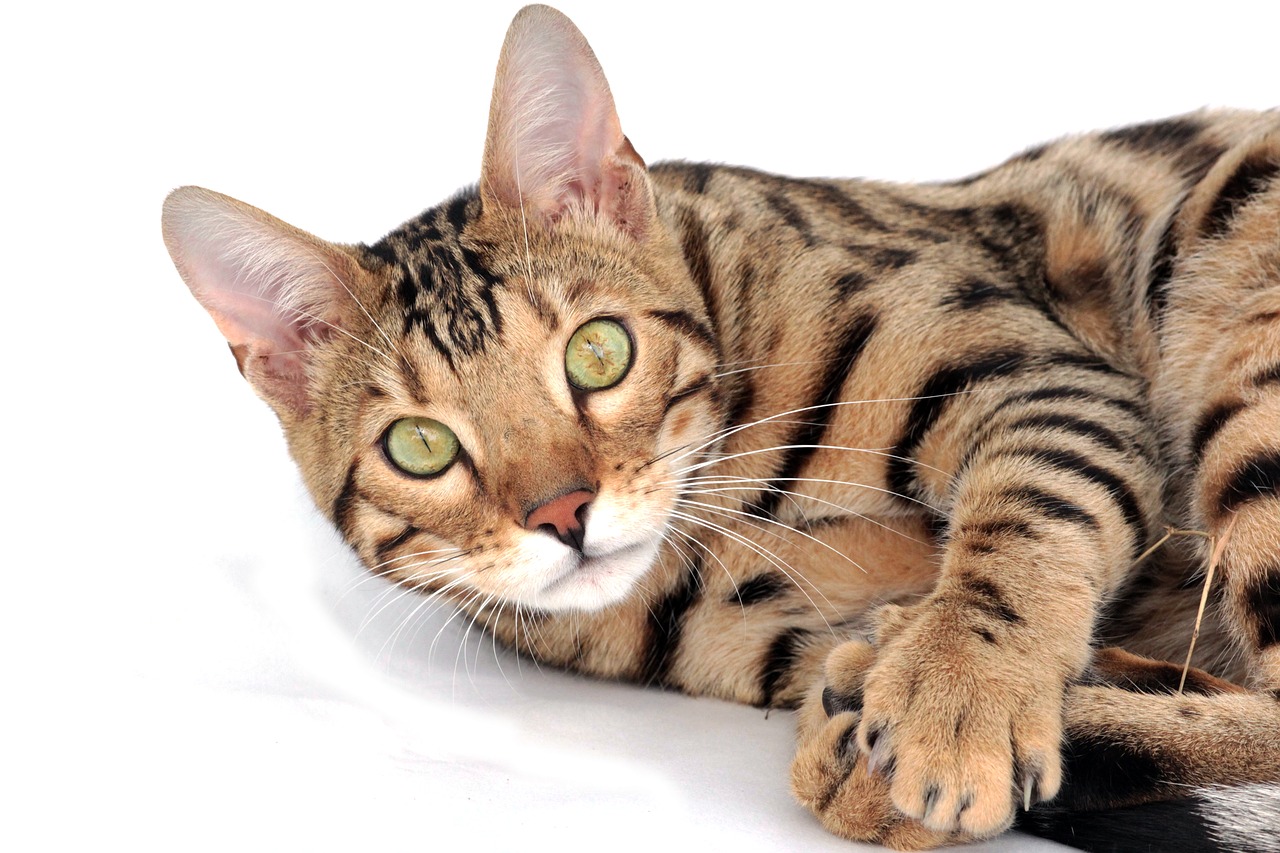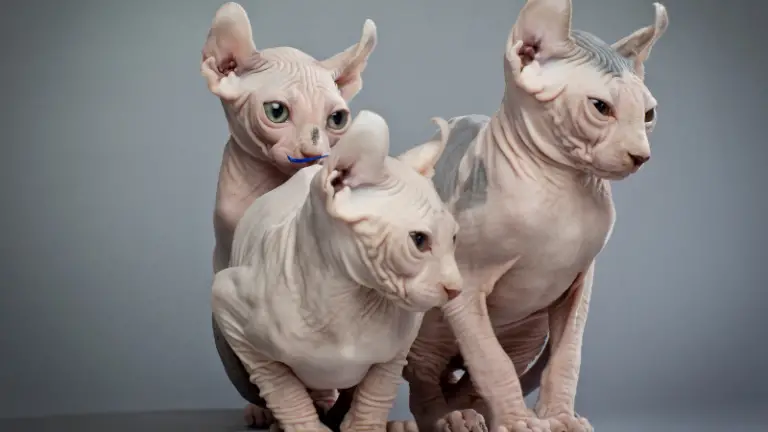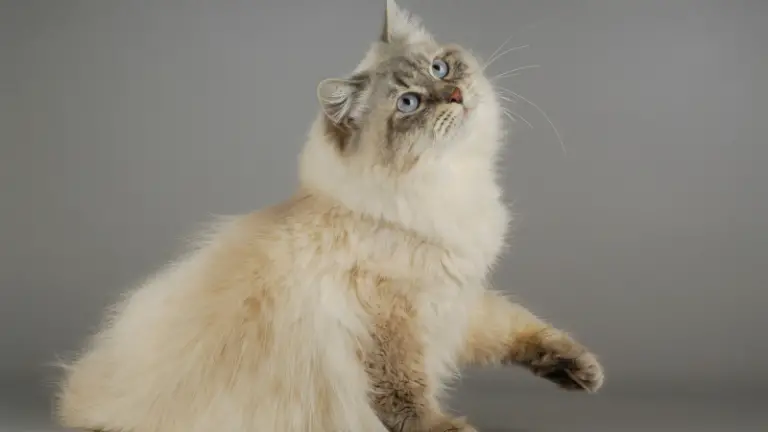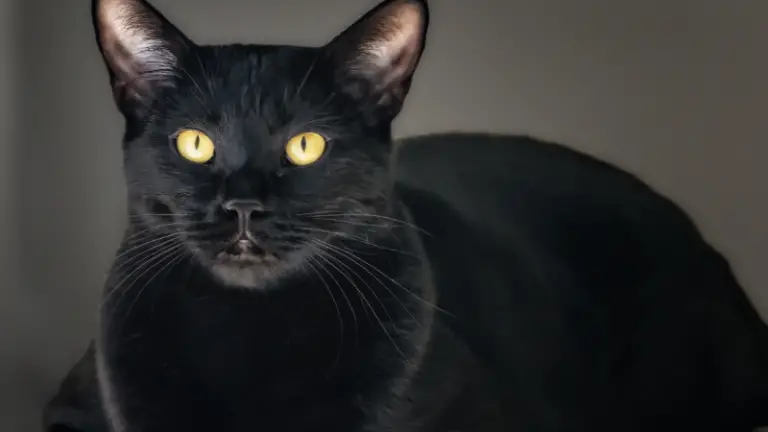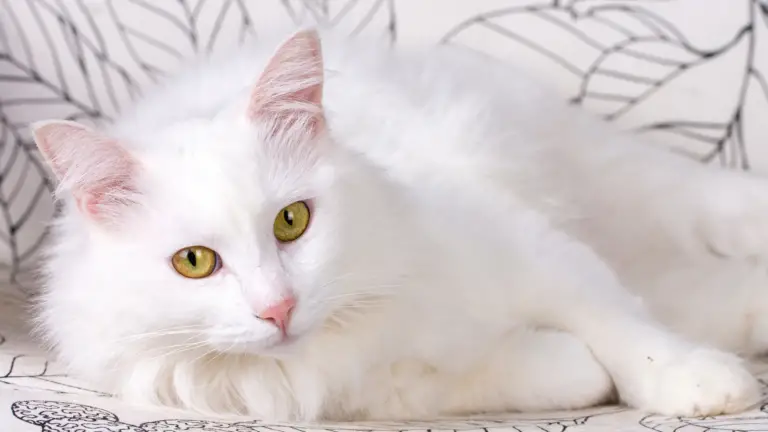BENGAL CAT’S PERSONALITY AND HOW TO CARE FOR THEM
A Bengal cat’s personality can be challenging to understand due to his past and how the breed came into existence. Bengal cats are a unique example of wild cats mixed with domesticated cats. What can possibly come out of it? Are they going to be good indoor cats, or do they still have a wild trait?
Bengal cats are coming from the crossbreed between a domestic cat and an Asian Leopard cat. Therefore their personality presents wild traits with an excellent propensity for hunting, jumping, and climbing. However, while they are social cats and are friendly with humans, they can still live indoors.
Below, you can find all the details about Bengal cats, their personality, what they like to do, and more.
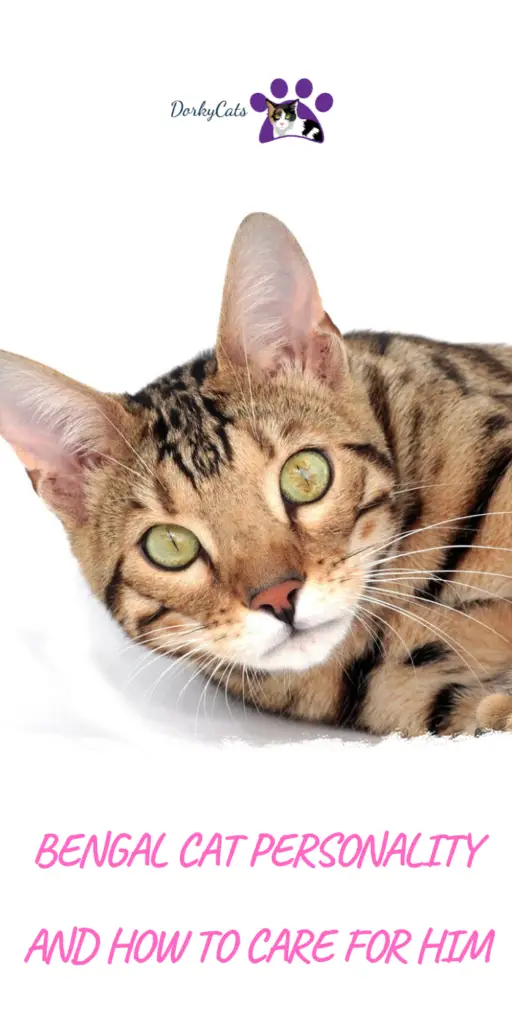
THE BENGAL CAT – AN OVERVIEW
The Bengal cat was created for scientific purposes by crossing the Asiatic Leopard and a domestic cat. The result has been a unique domesticated cat breed, with wild blood running through its veins.
The first attempt to cross the two breeds was made by the geneticist Jean Sudgen in 1963 during an investigation about the genetic characteristics of the leopard cat. Ten years later, the program was continued by doctor Centerwall during a study to prevent domestic cat leukemia.
The purpose of the study was to crossbreed a domestic cat with the leopard cat. In this way, the domestic cat could enrich their genetic heritage and defeat feline viral leukemia. In fact, the leopard cat was immune to leukemia.
The study was not successful, but a new breed of cat was born: the Bengal Cat. Some kittens that were born during the study were given to the geneticist Sudgen. She let them breed with her house cat, and the kittens born from them were not sterile like the previous one.
In addition, the first kittens were wilder in their personality than the kittens born later on. For this reason, there was the necessity to involve different other breeds in the equation. Thus, the first Bengals were crossed with Siamese, American, Abyssinian, Mau cats, and more.
Breeding the first Bengal with other domestic cats has lowered the percentage of wild traits in later Bengal cats. Today, Bengal cats have a 10% of wild characteristics.
Bengal Cat characteristic:
| Characteristic | Peculiarities |
|---|---|
| Breed | Derived from an Asian Leopard & a domestic cat |
| Personality | – Very Active – Curious – Independent – Require a lot of attention – Not a lap cat – Need space – Excellent hunter – Like to play (need enrichment) – Pet friendly – Social with humans – Feel lonely if let alone – Loves water!!!! – Not a chatter – Intelligent |
| Look | – Medium Big Cat – Spotted coat |
| Indoor | – Can be indoor but needs space |
BENGAL CAT’S PERSONALITY TRAITS
Bengal cats are highly active, and for this reason, even when living in an apartment, they need a lot of space to play, run and jump. In addition, he is a curious cat, almost showing a manic curiosity for new things; anything new attracts him.
They are social cats, with humans and other pets, but his independence has to be respected. Otherwise, he may not be as friendly with those not respecting his free character. Bengal cats are great hunters, and although they are domesticated, they still have a strong hunting instinct.
Given this fact, small animals, like fishes and birds, can be in danger when a Bengal cat is around. Those small animals should be kept safe or should not be in the same house as a Bengal cat. Cats owners should be aware of the excellent hunting skills of a Bengal when considering adoption.
He tends to suffer when left alone and requires a lot of attention from his owner. Adopting a Bengal cat means that the owner needs to spend time with him, play with him and give him attention. While this cat is independent, he still wants to feel loved.
A peculiar characteristic of this cat is that he loves water, which is very uncommon for cats. He may try to jump in the shower, sink, or bathtub.
BENGAL CAT PHYSICAL CHARACTERISTICS
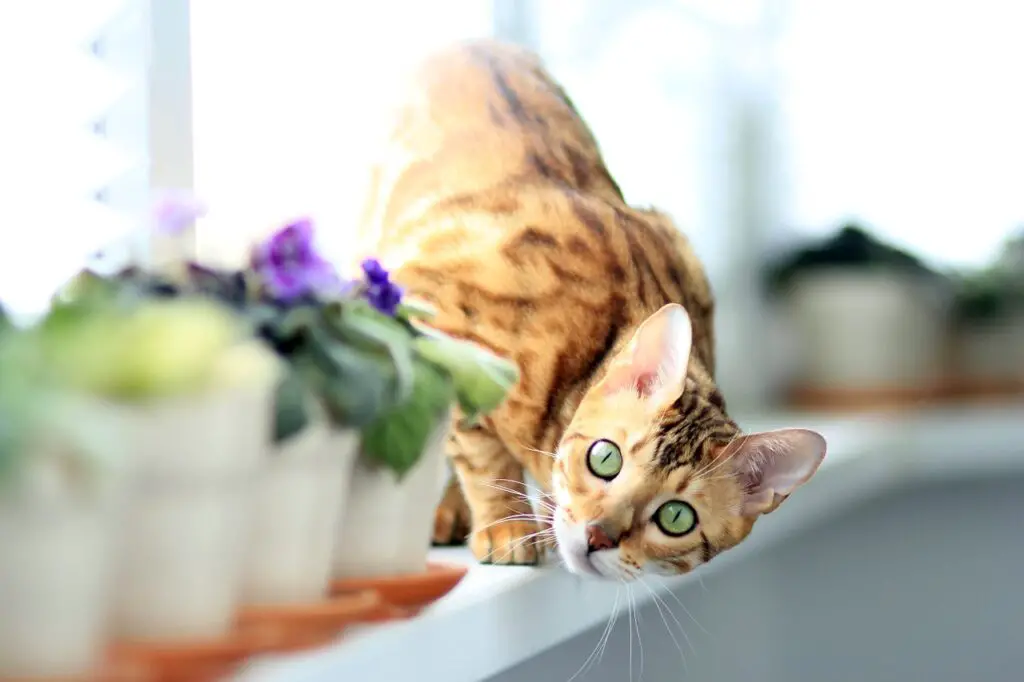
Here are the physical characteristics of a Bengal cat:
- Size: medium-big cat, betwee, 6 and 9 kg
- Hears: small and slightly bent
- Eyes: almonds shaped and large
- Head: elongated and small in proportion to the body. Very visible chin and long face
- Paws: the posterior ones longer than the anterior ones. Feet: round and well developed
- Coat: short, thick and velvety with bright reflections
- Colors: vast array of colors allowed. For example, spotted black and brown, marbled brown and black, spotted and white marbled.
The spots of the coat should be aligned horizontally, as in the leopard. Throughout the year, the Bengal cat tried to “steal” the coat from the Leopard cat during the selection process. Today, the Bengal cat can show various coats, from the classic brown, black-spotted silver tabby, characterized from black and brow-red and intense black, to many other varieties.
The most known varieties of Bengal cats, based don’t heir coat are:
- Rufus: from brown bronze to red mahogany
- Sorrel: a blide red color and red spots
- Cool: a mix of colors between beige, sand and wheat
- Silver: black spots, charcoal gray with a white or light gray background
- Golden: Similar to silver but with a golden color
- Whited: part of the body and belly white
- Melanistic: a black variety of bengal cat
Curiosity: The beauty of the coat is due to a specimen of a cat found by the geneticist Jean Sudgen in India. She decided to use that cat for the crossbreeding experiment she was doing. She called that beautiful cat Tori of Delhi because she found him near a rhinoceros in the Delhi zoo.
BENGAL CAT HEALTH ISSUES AND OVERALL CARE
The exotic Bengal cat coat doesn’t require huge maintenance. Brushing the coat once a week is more than enough. Then, every couple of weeks, it is good to clean the cat’s eyes with a soft cotton ball and a bit of chamomile.
The Bengal cat is a delicate cat that needs premium and high-quality food, being particularly careful not to give him a lot of fats. Human food is not indicated for this type of cat because it would be problematic to digest it. Therefore, milk and derivate are to be avoided.
Bengal cats do not have particular health problems. However, they can suffer from kidney problems and hypertrophic cardiomyopathy. The Bengal cat needs enrichment to stay healthy. It is an active cat and has to be kept stimulated.
Here are some ideas of enrichment for your Bengal cat:
Table could not be displayed.Try to provide cats tress and other things that the Bengal cat can use to climb and keep exercising to stay fit.
BENGAL CAT PRICE AND BREADERS LIST
Bengal cats cost on average $2000. Therefore, it is one of the most expensive cats to buy. It is possible to find Bengal cats for lower prices and even for $500, but you should be careful and inspect if it is really a Bengal cat. Depending on the bloodline and a pure breed, breeder care, and other factors, the price can change a lot.
If you are looking for a Bengal cat, make sure the breeder is listed on the recognized cat association and ethical about their work. For example, most breeders are members of the International Cat Association and abide by their rules.
Here is a directory where you can find Bengal breeders:
BENGAL CATS PERSONALITY PROBLEMS
Some Bengal cats owners may complain about the activity of their cats. This is because Bengal cats are definitively active and require more attention than some other cats breeds. However, they are no more or less destructive than other cats.
All cats, regardless of their breed, like to scratch the couch, may pee outside the litter box, attack your feet, and do many other horrible deeds that cats usually do. However, Bengal cats may have a higher activity level and need an environment that can keep them busy.
Before adopting a Bengal cat, cat owners need to know that they will have a demanding cat. It is not a cat that can be left at home to himself for many hours, and it is not a cat that can be left to himself. However, those who want an active and curious companion, and know what they are going into, will have no problems dealing with a Bengal cat.
FREQUENTLY ASKED QUESTIONS
Do Bengal cats like to cuddle?
Bengal cats like to cuddle at times but not too often. They are independent cats and will decide when to come for cuddles. They are not lap cats, but they are very friendly, intelligent, and affectionate. Do not expect a Bengal cat to cuddle too often.
Are Bengal cats good house pets?
Bengal cats can be good house pets. They are high-energy cats and are for people who want to have a pet that interacts with the environment. Overall, they are friendly with people and other pets. Therefore they are great house pets.
Are Bengal cats aggressive?
Bengal cats can seem to be aggressive, but they are simply high-energy cats that need a high level of activity. Bengal cats can play roughly, but they are not really aggressive. However, cats owners should teach them to play with toys and not with their hands.
Do Bengals like to be held?
Bengal cats are independent cats. They can tolerate being held, but not for too long. For their daily cuddles and scratches, they have to come on their own terms. Bengals are affectionate but do not like to be held or touched too much if they do not want to.
Will Bengal cats sleep with you?
Some types of Bengal cats may sleep with you, but they are generally independent and like to sleep in a secure and private place. They can go as far as sleeping near you in the bed, but they may decide to sleep under the bed, in the cupboard, or any other closed places, away from potential predators. Every cat has his personality, so you may find a Bengal that sleeps with the owner, but it is not common.
Are Bengal cats high maintenance?
Bengal cats are not high maintenance as far as body care or diet. But, their personality is demanding, they need attention, and they need entertainment. So, Bengal cats owners have to find ways to make the environment rich in activities and things.

